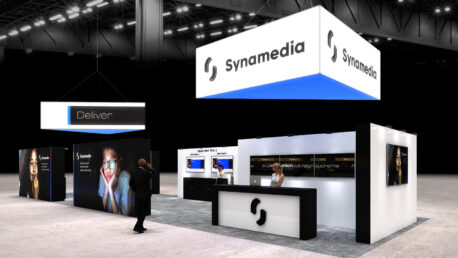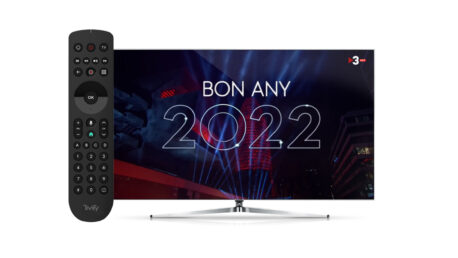
How Does Illegal IPTV Work?
The removal rates for pirated content are poor and static. The anti-piracy industry must adopt a more commercial mindset to tackle illegal IPTV services
Read More
Where We’ll Be at NAB 2022
We’re thrilled to finally meet with our customers, colleagues and friends safely at NAB this year. Read more for a glimpse into where we’ll be at the show and what you’ll see from us.
Read More
As Netflix cracks down, is credentials sharing reaching end of life?
One thing’s for sure, Netflix is clearly taking the issue seriously. So how does this impact other streaming video services? And what can you do about it? We have good news...
Read More
International Day of Women and Girls in Science: Dare to Change the World
For Synamedia team leader Yisca Vargon, this day isn’t just about women working in science. It’s a call to use science for making the world a better place.
Read More
Twelve Lucky Grapes
Happy New Year! - ¡Próspero Año Nuevo!
Read More
The Limitations of CDN One-Time Token Validation
If you think one-time token validation is the way to stop token abuse and manipulation, think again. This solution – suggested by some CDN vendors – has several shortcomings, but fear not, there is a better way to stop token duplication.
Read More
Embedding the Headend Watermark: When to Do it… and Why?
Should you insert the watermark before or after encoding? A simple question perhaps, but the answer can have big consequences. We’ve done our homework, so you don’t have to.
Read More
You need video insights
The reason Pay-TV providers aren’t as data-driven as their internet competitors isn’t because they lack data – it’s because they’re not using it to its full potential. Zoom in a little, and it’s easy to see why: the video data pouring in from countless services and devices creates a fragmented and disjointed dataset that most video […]
Read More
Capture viewer attention with video insights
Using data-driven video content insights, you can deliver a compelling, personalised experience that keeps your customers switched on and reduces churn. The old adage that content is king is still true. But when your viewers are overwhelmed by choice – or too impatient to find what they want – you need video insights to help […]
Read More
A New Security Layer
Vulnerabilities of OTT Streaming Services and how to overcome them
Read More
How to #BeCyberSmart in Cybersecurity Awareness Month
October is Cybersecurity Awareness Month in the U.S. Unsure how to do your part to stay cybersmart? Have no fear, our security team is here!
Read More
Client vs. Headend Watermarking – What’s The Best Approach for OTT?
Robustness, deployment and maintenance, user experience, content awareness… these are the important factors you need to consider. And we’ve done the hard work for you in this, the second blog of our three-part series.
Read More










